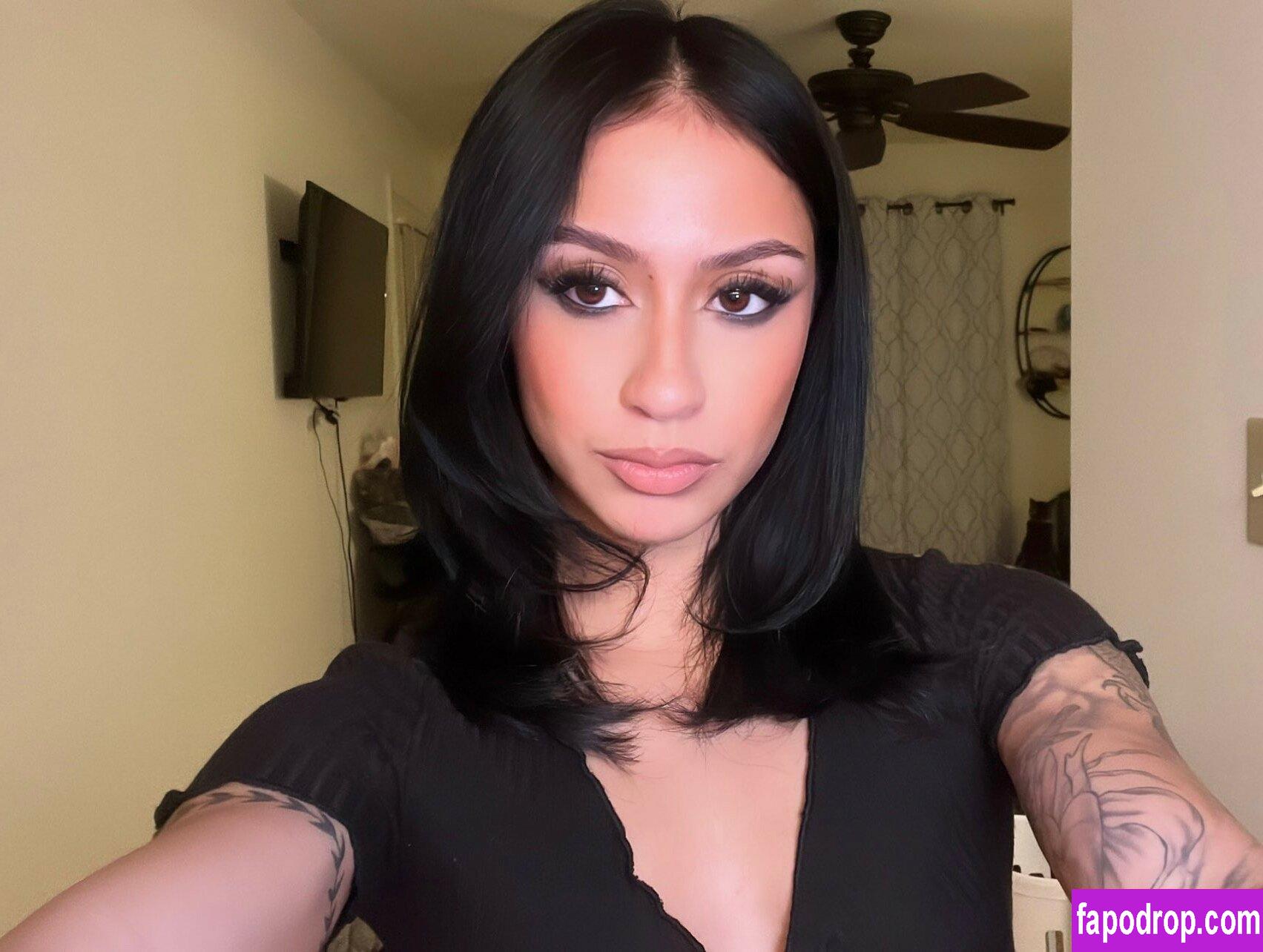Why Latina Ass Is More Than Just A Stereotype: A Deep Dive
Let’s talk about something that’s sparked conversations, debates, and even controversies—latina ass. Now, before you roll your eyes or think this is just another superficial topic, hear me out. This isn’t just about aesthetics or body types. It’s about culture, genetics, and how society perceives beauty. So, buckle up because we’re diving deep into the world of curves, stereotypes, and everything in between.
When people mention "latina ass," they’re not just talking about a physical trait. They’re referring to a cultural phenomenon that has become a symbol of Latina identity. From music videos to social media, the curvy figure of Latinas has been celebrated, criticized, and everything in between. But why does it matter? And is there more to it than meets the eye?
Let’s get one thing straight—this isn’t just about objectifying women. It’s about understanding why certain body types are associated with specific ethnicities and how these perceptions shape our worldview. So, whether you’re here out of curiosity or to challenge the norms, you’re in the right place.
Read also:Pope Francis On Abortion A Deep Dive Into His Views And Influence
The Science Behind the Shape
First things first, let’s break down the science behind the infamous latina ass. Genetics play a huge role in determining body shape, and Latinas often have a mix of African, European, and Indigenous ancestry. This genetic diversity contributes to the curvy figure that many Latinas are known for. But it’s not just about the genes—it’s also about lifestyle, diet, and even cultural practices.
Genetics: The Secret Ingredient
Imagine this—you’re a blend of different cultures, each with its own unique traits. For Latinas, the combination of African, European, and Indigenous genes creates a perfect storm for curves. The African ancestry often brings a fuller figure, while the Indigenous genes contribute to a smaller waistline. Add a dash of European influence, and you’ve got the iconic hourglass shape that many people associate with Latinas.
Breaking Down the Stereotypes
Stereotypes can be tricky. On one hand, they can be flattering, but on the other, they can be limiting. When people talk about the "latina ass," they often reduce Latinas to just their physical appearance. But there’s so much more to being Latina than just curves. It’s about resilience, culture, and breaking barriers in a world that often tries to box us in.
Challenging the Norms
Here’s the thing—why do we even have these stereotypes in the first place? Is it because of media representation? Or is it because of societal norms that dictate what’s considered "beautiful"? Whatever the reason, it’s time to challenge these norms and celebrate individuality. Latinas come in all shapes and sizes, and their worth isn’t defined by their body type.
Pop Culture and Its Influence
Pop culture has played a significant role in shaping how we perceive Latinas. From Jennifer Lopez’s iconic Versace dress to Cardi B’s unapologetic confidence, Latinas have been at the forefront of redefining beauty standards. But is this representation helping or hurting the community?
- Media often focuses on the physical attributes of Latinas, which can perpetuate stereotypes.
- On the flip side, it also provides a platform for Latinas to showcase their talent and individuality.
- The key is balance—celebrating beauty without reducing it to just one aspect.
The Impact on Self-Perception
For many Latinas, growing up in a world that constantly emphasizes certain body types can be challenging. It’s important to remember that beauty comes in all forms, and self-worth shouldn’t be tied to societal expectations. Representation matters, and seeing diverse portrayals of Latinas in media can empower young women to embrace their uniqueness.
Read also:Pope Francis Has Released His Prayer Intentions For 2025 A Closer Look At The Spiritual Journey
Health and Fitness
Let’s talk about health. While the "latina ass" might be celebrated for its aesthetic appeal, it’s also important to focus on overall health and well-being. Fitness isn’t just about looking a certain way—it’s about feeling strong, confident, and capable. Many Latinas are breaking stereotypes by becoming fitness influencers and role models in the industry.
Workout Tips for Curvy Women
Here are a few tips for embracing your curves while staying healthy:
- Focus on strength training to build muscle and improve posture.
- Incorporate cardio exercises to boost endurance and cardiovascular health.
- Don’t forget about flexibility—yoga and pilates can do wonders for your body and mind.
Cultural Significance
The "latina ass" isn’t just a physical trait—it’s a cultural symbol. In many Latin American countries, curves are celebrated as a sign of beauty and fertility. This cultural appreciation for body diversity is something that should be embraced and shared with the world. But it’s also important to recognize that not all Latinas fit into this mold, and that’s okay too.
Traditions and Celebrations
From traditional dances like salsa and bachata to festivals that celebrate beauty and culture, Latinas have always been at the center of vibrant traditions. These celebrations aren’t just about entertainment—they’re about community, identity, and pride. By embracing these traditions, Latinas can reclaim their narrative and redefine what it means to be beautiful.
Challenging the Beauty Industry
The beauty industry has long been criticized for its narrow definition of beauty. But thanks to trailblazers like JLo, Cardi B, and many others, the industry is slowly changing. More brands are embracing diversity and inclusivity, and that’s something worth celebrating. But there’s still work to be done.
What You Can Do
Here are a few ways you can support the movement:
- Support brands that prioritize diversity and inclusivity.
- Use your voice to challenge stereotypes and promote positive representation.
- Celebrate the beauty of individuality and encourage others to do the same.
The Future of Representation
As we move forward, it’s crucial to continue challenging stereotypes and promoting positive representation. The "latina ass" might be a popular topic, but it’s just one aspect of a rich and diverse culture. By celebrating the whole person—not just their physical appearance—we can create a world where everyone feels seen and valued.
Empowering the Next Generation
For young Latinas, seeing positive representation can be life-changing. It can inspire them to pursue their dreams, embrace their identity, and break down barriers. As a society, we have a responsibility to create a world where everyone feels empowered to be their authentic selves.
Kesimpulan
So, what have we learned? The "latina ass" isn’t just a physical trait—it’s a cultural phenomenon that reflects the diversity and richness of Latina identity. While stereotypes can be limiting, they can also be an opportunity to challenge norms and celebrate individuality. By focusing on health, representation, and cultural significance, we can create a more inclusive and empowering world for everyone.
Now, it’s your turn. Leave a comment, share this article, or start a conversation with someone in your life. Let’s keep the dialogue going and continue breaking down barriers. After all, beauty isn’t just about what you see on the outside—it’s about who you are on the inside.
Daftar Isi
- The Science Behind the Shape
- Breaking Down the Stereotypes
- Pop Culture and Its Influence
- Health and Fitness
- Cultural Significance
- Challenging the Beauty Industry
- The Future of Representation
- Kesimpulan
Remember, beauty is a journey, not a destination. Keep exploring, keep learning, and most importantly, keep embracing who you are. Because at the end of the day, that’s what truly matters.
Article Recommendations


